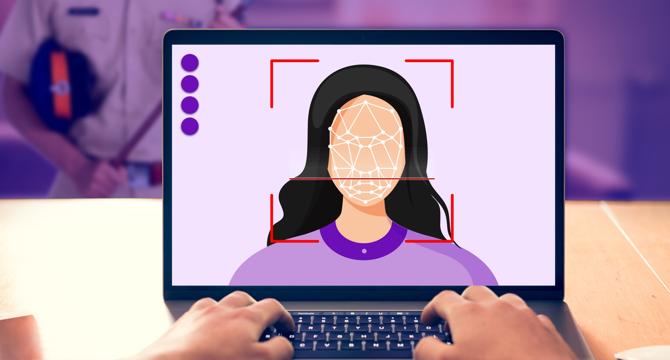Yourstory
1w
380

Image Credit: Yourstory
How deepfake detection is shaping the future of AI
- Deepfakes are designed to mislead people to believe and generate video or images that look and sound genuine using deep learning models of Artificial Intelligence.
- Diffusion Models is a new type of AI technology that makes spotting fakes even more challenging as they create very realistic videos and photos.
- AI detectives can now look closely at videos, frame by frame, to find tiny mistakes, like weird eye movements or changes in lighting that don't seem natural, to reveal if a video is fake.
- Microsoft's Video Authenticator and FakeBuster uses Video Authenticators to detect deepfakes in videos in real-time however, detecting deepfakes takes a lot of computing power.
- Governments have also introduced laws and policies to make it more difficult for people to create misleading fake videos and willing to encourage the development of beneficial applications of the technology.
- Many tech companies, including Facebook, Google, and Microsoft, are creating tools that can scan videos on their platforms to find fakes before they spread.
- AI can be used for different applications, creating impressive art, videos, and assisting with problem-solving tasks, which could lead humanity into the next stage of evolution.
- Deepfakes are a challenge, but with continued efforts towards regulating its use, AI can continue to enrich society in transforming ways.
Read Full Article
22 Likes
For uninterrupted reading, download the app